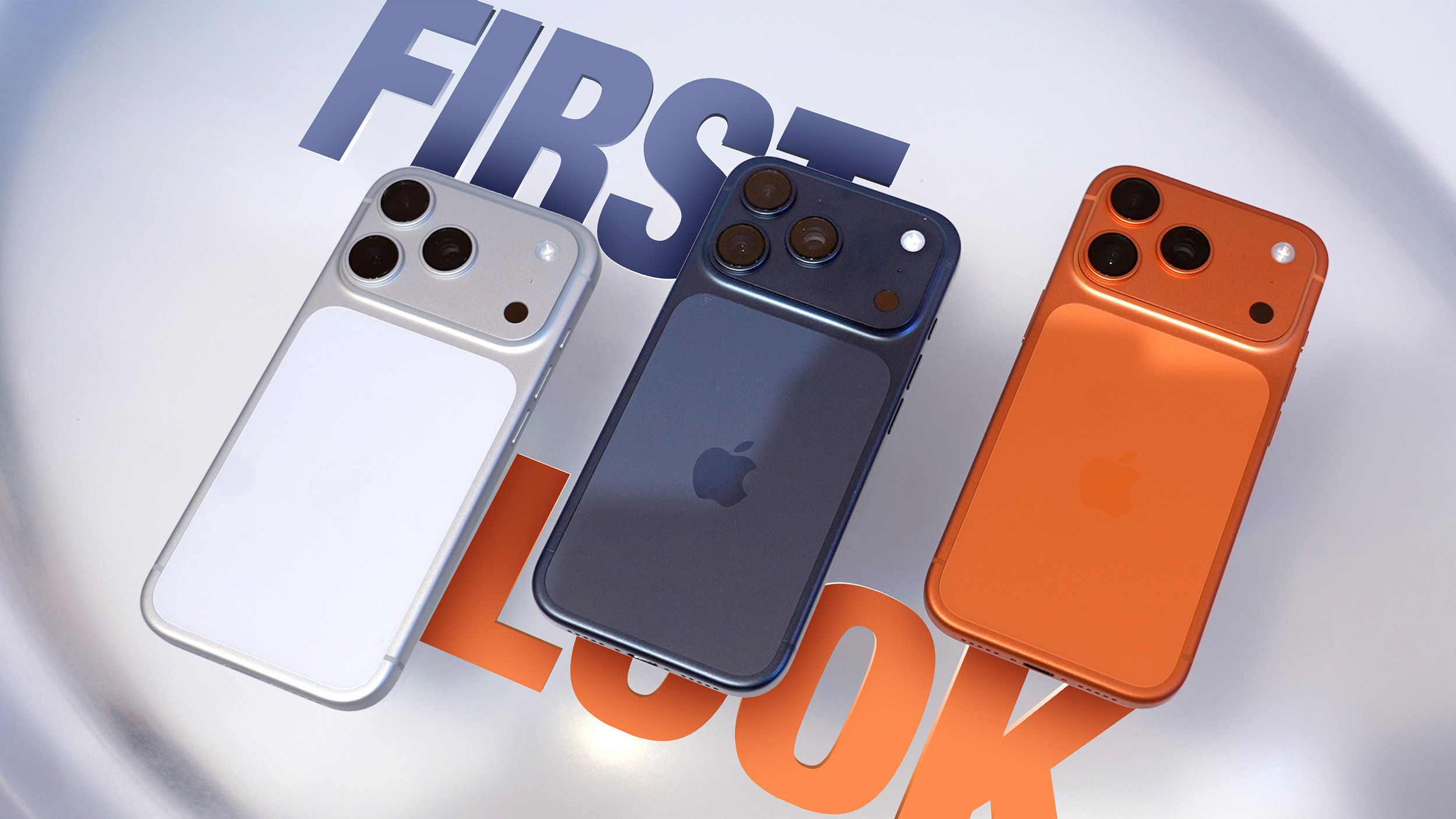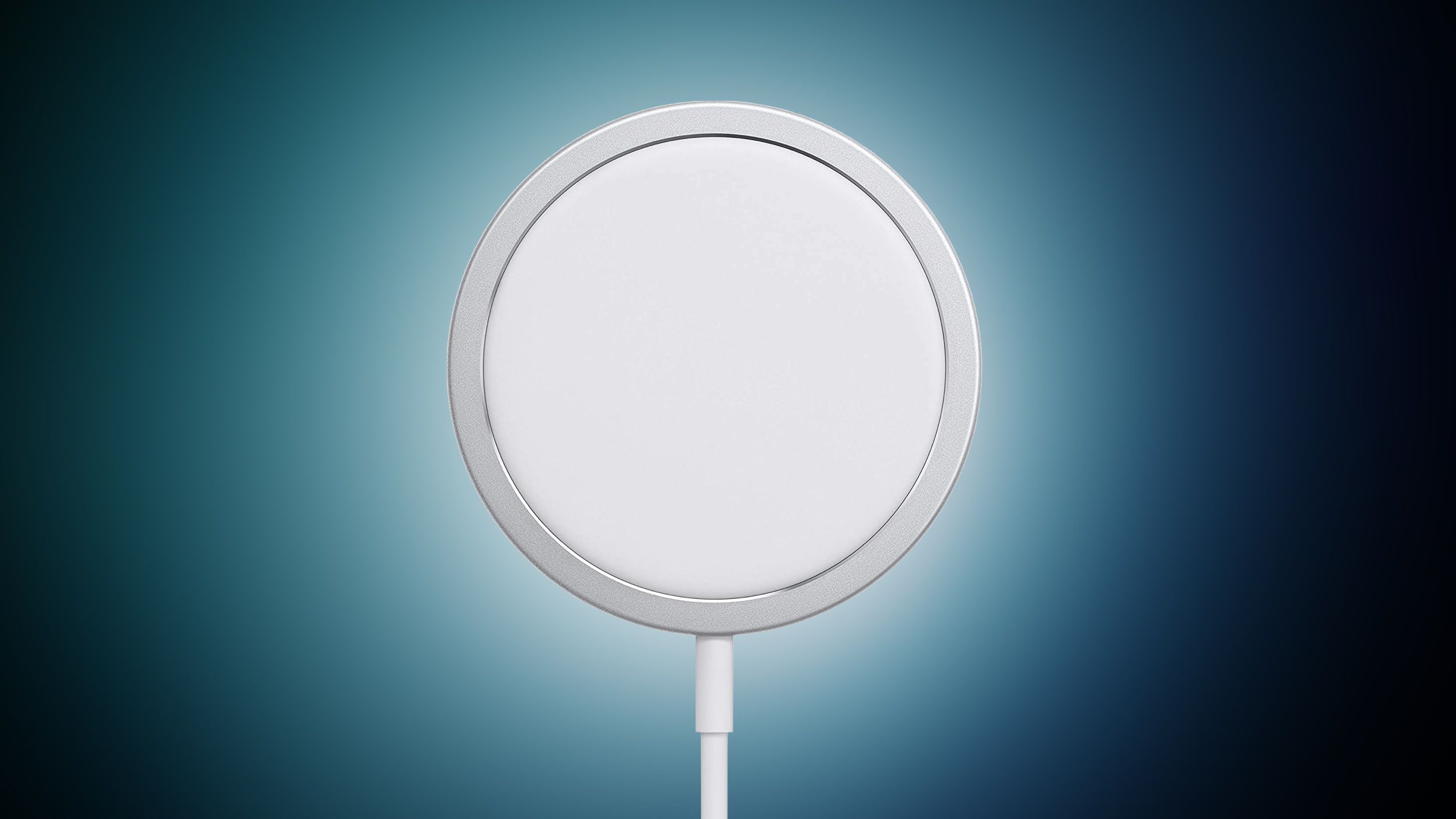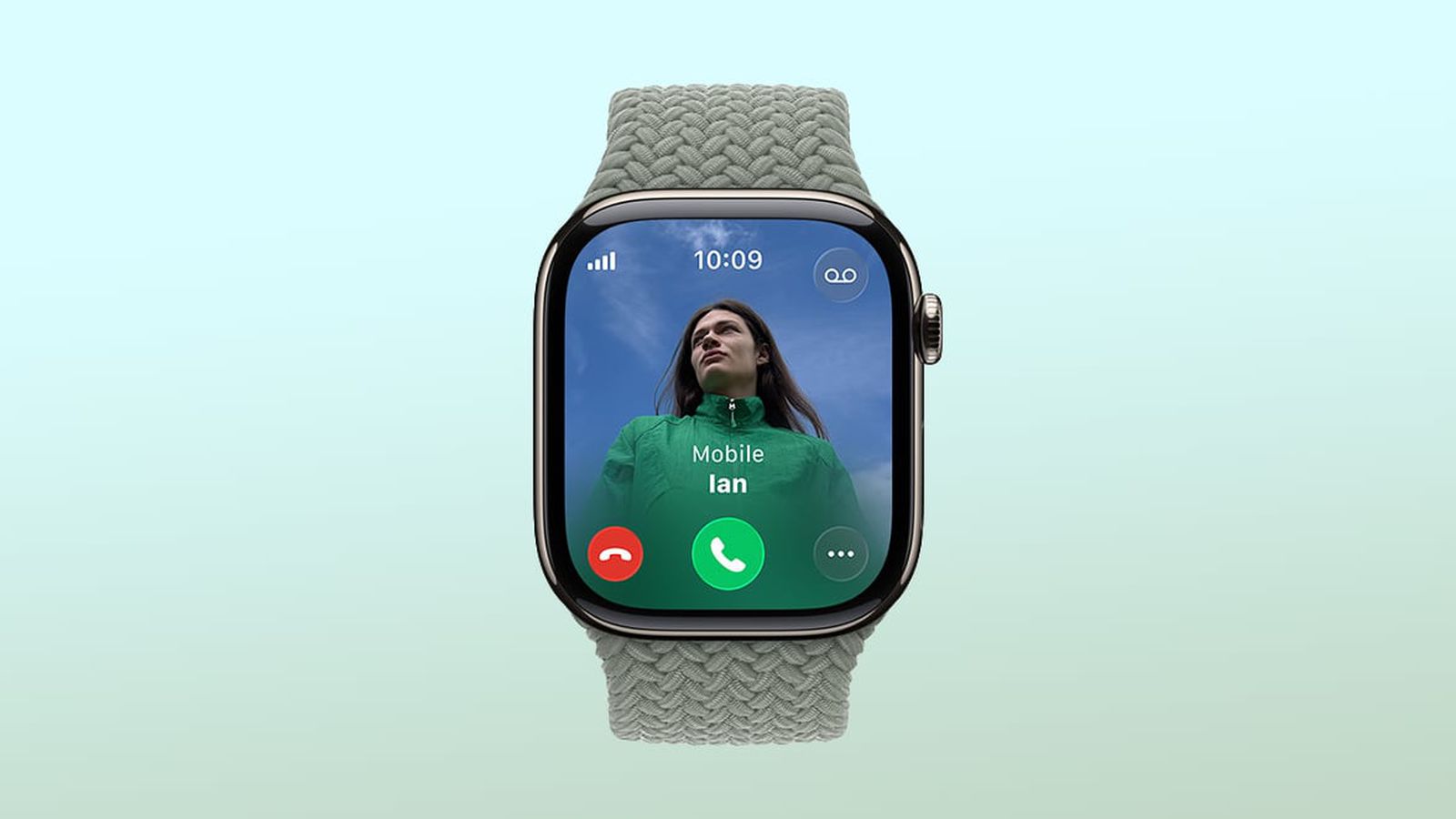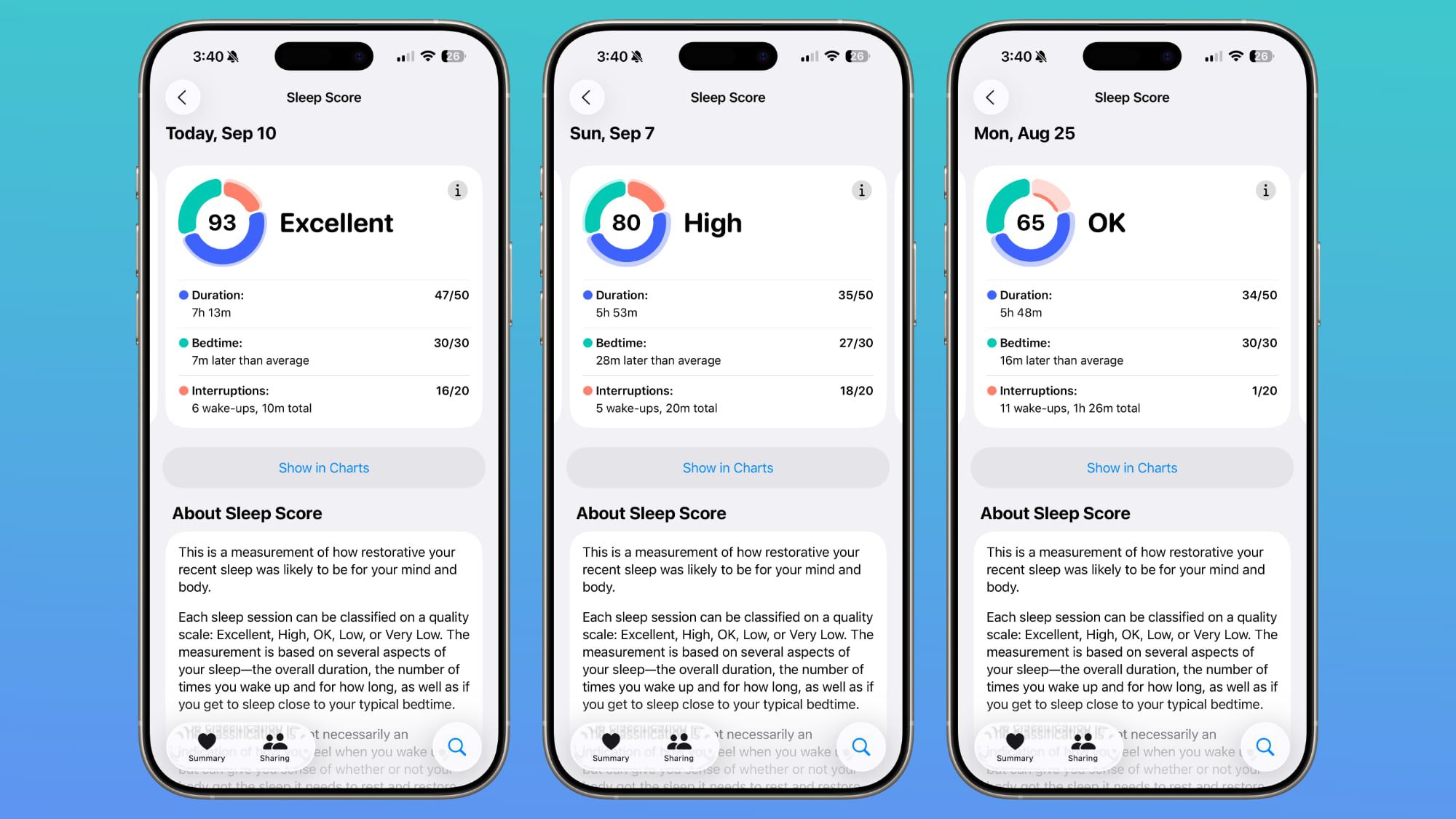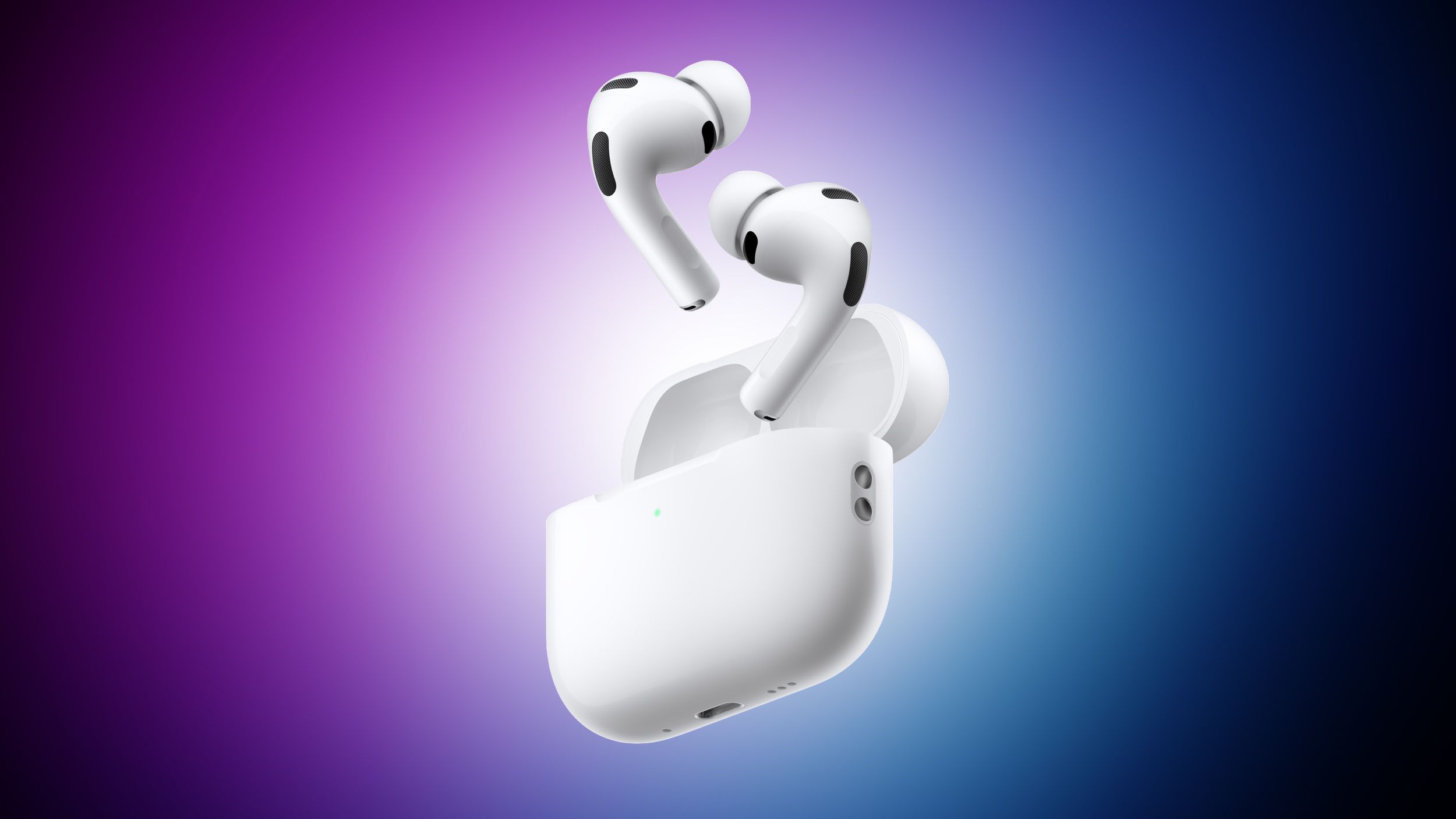From the ‘ants in an anthill’ frozen Infected to a monstrous bloater flamethrower fight, realistic CG dogs, and immense Jackson battle, Visual Effects Supervisor Alex Wang managed the delivery of 2,500 shots displaying incredible ambition, scope, and sophistication on the hit HBO post-apocalyptic drama series.
Though trimmed to seven episodes, down from the first season’s nine, the ambition behind Season 2 of only intensified.The hit HBO post-apocalyptic drama benefited greatly from established relationships across its production team.
“Having spent nearly two years of my life with Craig Mazin and Neil Druckmann, our showrunners from Season 1, was helpful diving straight into Season 2 when it came to understanding their vision, taste, and tone,” says VFX Supervisor Alex Wang, whom VFXWorld talked to in 2023 about the incredible work on Season 1.“Beyond the showrunners, a lot of our heads of departments came back.Working with them was like meeting old friends.
There’s that shorthand — none of that ‘Let me get to know you.’ Everyone was approachable and wanted to make the best show.” Returning VFX vendors include Wētā FX, DNEG, Distillery VFX, RISE, Important Looking Pirates, and RVX.Studio Blackbird contributed for the first time, while Digital Domain provided previs and Chromatic Studio handled concept art.The VFX shot count dropped from over 3,000 in Season 1 to roughly 2,500 in Season 2, but the complexity rose.
“Craig and Neil wanted to show more scope, whether it be a battle between the Infected and [the residents of] Jackson, establishing shots of Seattle, or water effects.” Much of the production took place at outdoor locations, not within the safe confines of a studio, which added significant challenges.“That’s the challenge of , because we shot on outdoor locations — we’re very weather dependent,” Wang notes.“We’re scripted that it’s snowing and cold.
The difficulties were still there for poor Joel Whist [SFX Supervisor].In Alberta in Season 1, the weather was unpredictable.You could have minus 10 degrees, and then in two hours the temperature would rise by five to 10 degrees and your snow melts.
In British Columbia, the weather is wetter and rainier.It’s not as cold and dry as Alberta.Joel was fighting a lot of that.” Practical effects were key to the visceral nature of many shots.
“When you have four cameras shooting, there’s no way you can have enough snow blowing around,” Wang explains.“Typically, Joel and I would make a deal to protect A and B camera, and for the rest, hope for the best.Having practical snow blowing — the actor’s hair moving, them squinting, snow landing on them — that’s what makes it feel grounded.
Some of the snow might land on them.We can’t add that when it’s multiplied to 400 shots.” Episode 202, centered on the Battle of Jackson, was as ambitious as anything in .Directed by Mark Mylod, the sequence was broken into three segments: the Infected horde arrives, the street battle, and Tommy versus Bloater.
“You have to go step by step, brick by brick, because if you look at the whole thing it’s overwhelming,” says Wang.“Thank God we had Mark Mylod, who is kind, patient, smart, and had a clear vision.” A consistent strategy used through the series guided the depiction of the Infected hordes.“We had 50 to 60 stunt Infected on any given day,” he continues.
“It was working with Marny Eng, the stunt coordinator, on where best to place them.The practical horde worked best for medium and close-up shots.Any wide shot, we took over in visual effects to art direct the shape and movement of the horde as a mass.
We did over 60 mocap sessions because it’s frightening how quickly a CG horde starts to look repetitive.” The practical set for Jackson, Wyoming, situated in Kananaskis, Alberta, received significant attention.“We shot one street of Jackson in Canmore, Alberta for Episode 107,” Wang explains.“But because in Season 2 it featured heavily in Episodes 201 and 202, the art department built a new section.
The town had expanded — welcoming more immigrants and survivors — so the action took place in a different part of town.” The team pushed the camera deep into the action, bringing more intimacy to the scenes.“That meant our camera was literally placed inside the horde, running,” Wang says.“The CG horde was intermixed with practical stunt Infected.
It was brutally unforgiving.I’m not only talking about hair or cloth simulations.There were detailed mannerisms we needed to capture.” Except for the running shots, the attack dogs were created completely in CG.
According to Wang, “The attack squadrons come in, then there’s a whip pan to the B side of the shot with a full CG horde.Dogs jump and pummel the Infected — couldn’t be done practically, so it was CG.We have a close-up of a dog biting the throat of an Infected.
We did a stunt with a wire pulling the stunt performer back to simulate the hit, then replaced the dog entirely in CG.The hardest thing with animals is the animation.You typically can’t mocap them because you’re looking for specific performances that you can art direct.
When Craig and I saw a simple render of that shot, we bought it.The animation was incredible.” During the Jackson battle, Tommy (Gabriel Luna) faces a Bloater in close combat with a flamethrower.“While prosthetics were used in Season 1, Season 2 leaned on digital tools,” Wang reveals.
“We asked, ‘Do we need prosthetics for the Bloater?’ Based on design and performance needs, the answer was no.We used a stunt double wearing a mocap suit.The camera needed something to frame up on.
Often, the stunt Infected ran around the Bloater — it was critical they didn’t enter its space.” A special shield was built for the camera operator.“We wanted shots almost from the POV of the Bloater, looking at Tommy with his finger on the flamethrower trigger.The flame comes directly toward the camera.
There was protective gear in front of the lens.” Shots of Tommy firing at the boater had him miming that action of a real flamethrower.“When the town starts to burn, that’s a lot of practical fire we added onto, with more smoke,” Wang notes.Bloaters and Infected are not the only Season 2 threats.
Stalkers appear in Episode 205, where 11 of them attack Ellie (Bella Ramsey) and Dina (Isabela Merced).“The reason they’re called Stalkers is because they stalk and have cordyceps stalks on their heads.In editing, we didn’t quite have the performances needed for a cohesive sequence,” Wang says.
“We kept most practical Stalkers, but for wide shots, we used CG, because the timing Craig wanted didn’t match what was shot.” Another major sequence takes place in a Seattle tunnel.“The art department built an incredible set,” Wang shares.“You’d think it was a practical train station.
We extended it digitally, as it was never big enough for the horde.” Ellie’s stormy boat ride to the Seattle Aquarium presented major technical challenges.“If you asked me what the most memorable challenge of Season 2 was,” says Wang, “I’d say the Jackson Battle and the water work in Episode 207 where Ellie travels to the Seattle Aquarium to find Abby [Kaitlyn Dever].The boat is small, and the gimbal controls the movement.
But Ellie’s weight affects the boat, not vice versa.That whole section was shot in a water tank, and even that water was replaced with CG.” A special stunt rig was created for Abby when she nearly slides off a cliff.“Kaitlyn had a sled underneath her with safety cables,” says Wang.
“We had to replace the sled, which is tricky What do you replace it with? We had to paint out the sled, remove wires, and extend a ton of snow underneath and in splashes.” A defining moment in the season is when Abby kills Joel (Pedro Pascal).“[Prosthetic designer] Barrie Gower and his team did great prosthetics for Joel’s face,” Wang says.“But it was shot over a day.
Blood dries and looks fake.Even wet blood is static.It’s an open wound that would be dripping blood.
So, we added to it digitally to keep it realistic.” Abby’s death blow presented a unique challenge.“Kaitlyn Dever could only mime it,” Wang explains.“Her hand had to stop because Pedro was lying there.
She couldn’t stab that area.We took over her entire arm in CG to continue the motion and art direct how she came down onto Joel’s neck.” A major reveal was the establisher of Lumen Field, our first glimpse into a central Season 3 location.“There was a lot of pressure around that shot,” Wang admits.
“Season 3 is going to take place in Lumen Field so we had to get it right.When Abby walks out, it had to wow the audience.It had to look real.
We researched what would be inside a stadium HQ if you were trying to survive — crops, livestock — and populated it accordingly.The game was a point of helpful reference, especially for Lumen Field.” The hardest shot in Season 2? The Infected horde emerging from the ground in Episode 202.“Winter’s coming, so nature protects itself,” Wang shares.
“The Infected begin to hibernate.The lowest Infected survive because they’re the warmest.The top later froze to death.
Movement builds underground, and the ground begins to shift, like ants disturbed in an anthill.We tried some of it practically but ended up going full CG.There were about 15 snow simulations and hundreds of Infected pouring out.” Accomplishing Episode 202 was the biggest challenge.
“People have said it felt like a battle, which is a huge compliment,” Wang says.“But that meant serious difficulty.We had 600 shots in that episode alone.
The chalet was CG by RISE.The town was done by Distillery.” The final episode also pushed logistics.Wang concludes, “Capturing the scene with Ellie and the WLF [Washington Liberation Front] soldiers in boats was the second most difficult from a shooting standpoint.
Getting that right in principle photography was vital.”
Trevor Hogg is a freelance video editor and writer best known for composing in-depth filmmaker and movie profiles for , , and .
DNEG Reconstructs a Nature-Reclaimed Seattle for ‘The Last of Us’ Season 2
Neil Druckmann Exits ‘The Last of Us’ Series Ahead of Season 3
Wētā FX Helps Bring the Infected to Life - and Death - in ‘The Last of Us’ Season 2
HBO Renews ‘The Last of Us’ for Season 3
HBO Releases ‘The Last of Us’ Season 2 Trailer
‘The Last of Us’ Season 2 Sets April 13 HBO Premiere
HBO Releases Teaser Trailer, Key Art for ‘The Last of Us’ Season 2
Wētā FX Flexes its Cordyceps in ‘The Last of Us’ VFX
Grounding the Apocalyptic Visuals in ‘The Last of Us’




